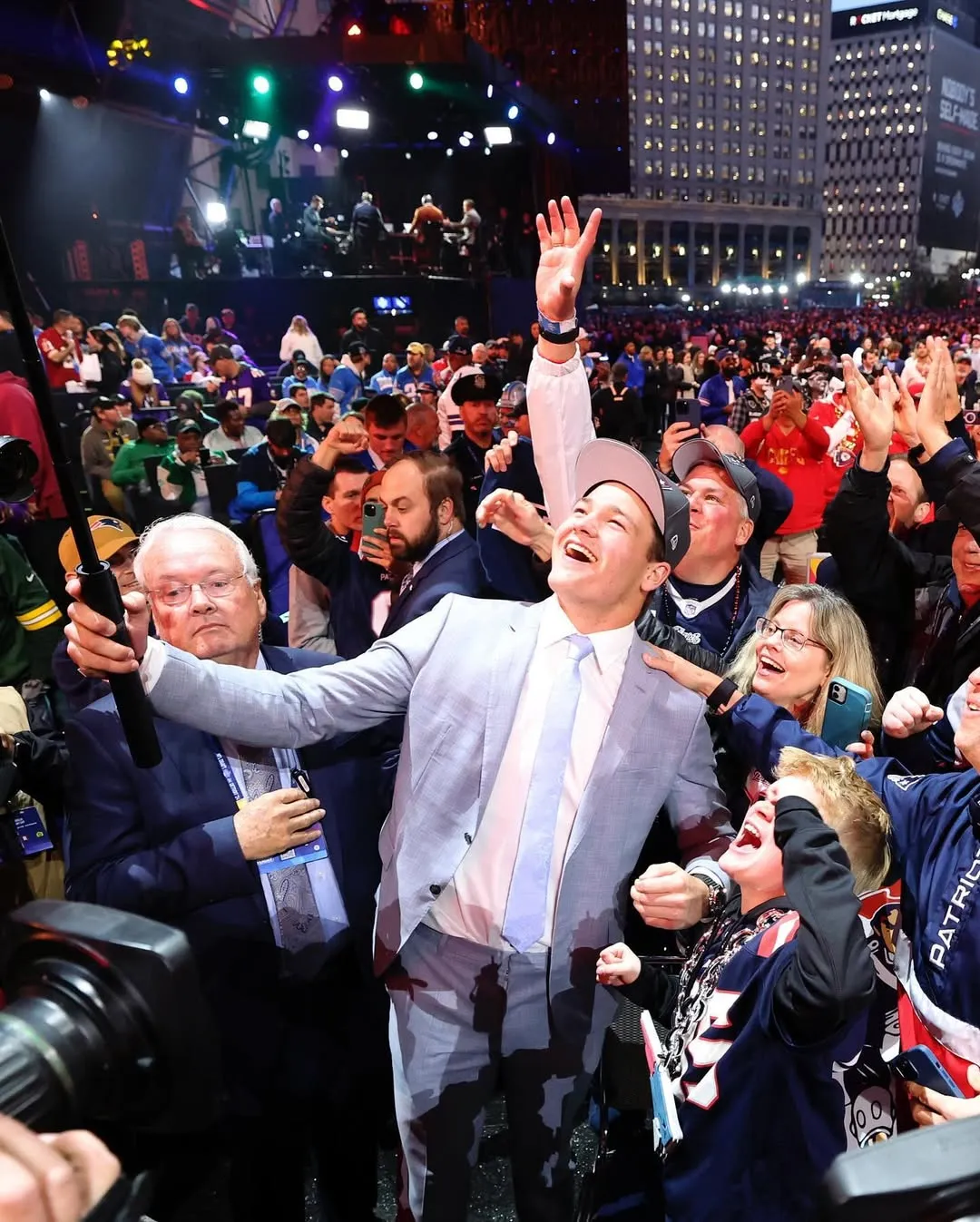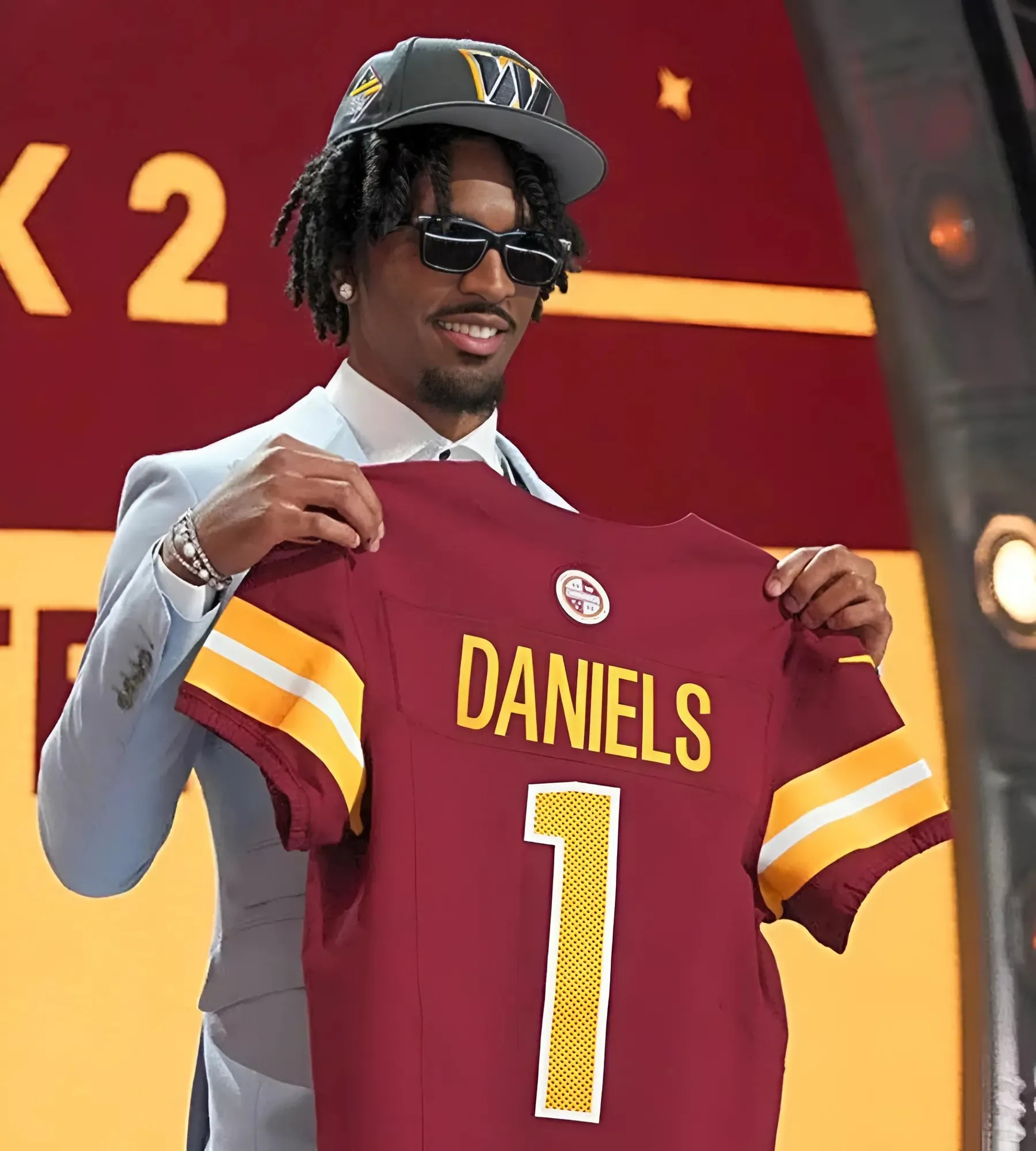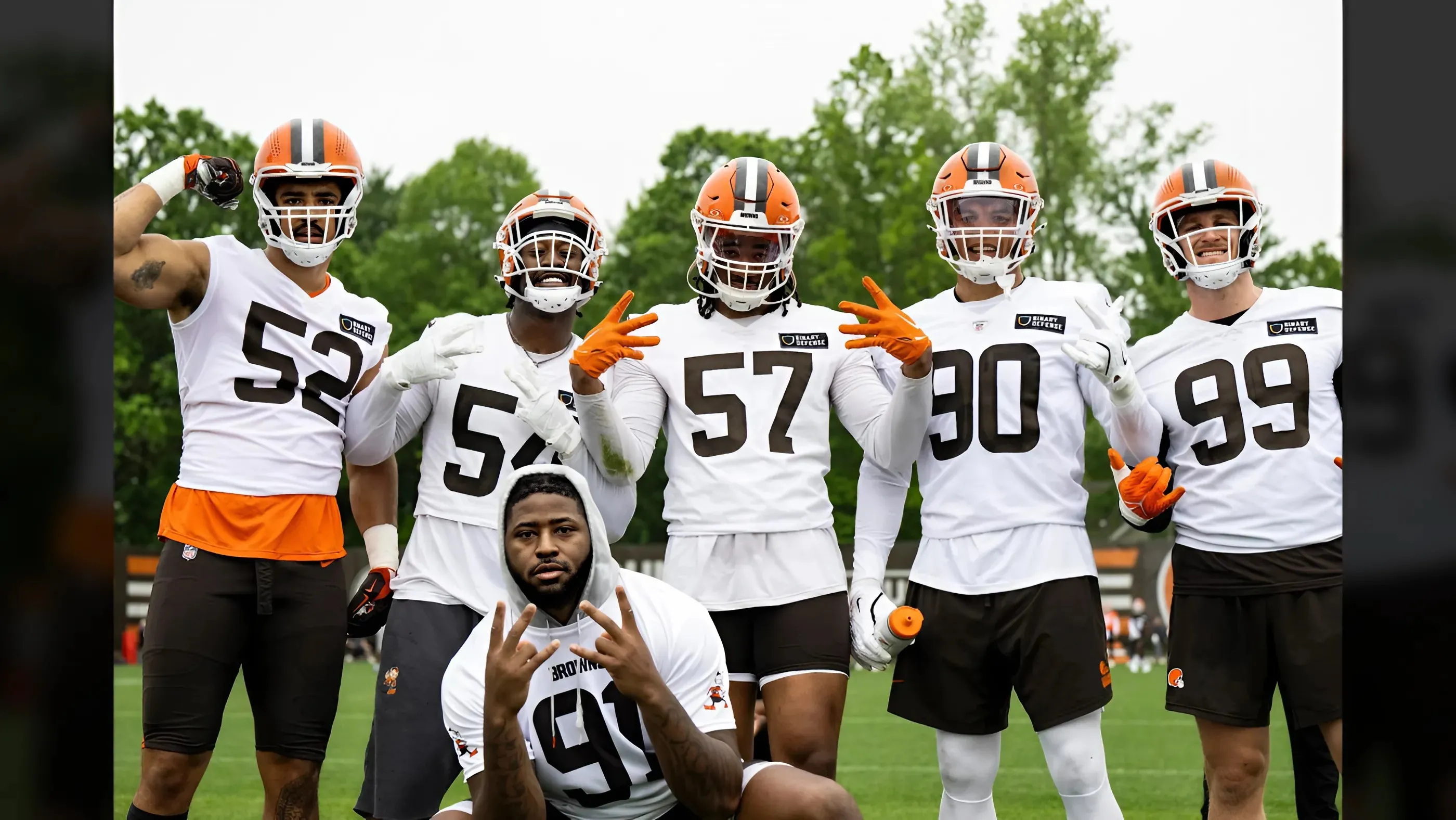At first glance, the Vancouver Canucks are entering the 2025 offseason from a position of weakness.
After all, everyone around the league knows the Canucks have big needs they hope to address via trade, and they also know that to some degree, the club is working to build a team respectable enough that Quinn Hughes won’t even have to think twice before signing when the Canucks approach him with a contract extension offer in summer 2026.
Last week, we examined some trades that would fit the mould of the PL Dubois-Darcy Kuemper swap between the LA Kings and Washington Capitals last offseason. A question for question trade, so to speak.
But could the Canucks’ approach to a trade involving Kevin Lankinen or Thatcher Demko instead come from a position of strength?
First thing’s first though. This article isn’t trying to claim that the Canucks should absolutely trade one of their goaltenders this offseason. It’s certainly not us saying that Arturs Silovs’ stellar playoff performance should have him pencilled in as an NHL goaltender out of camp next season. Not again.
Rather, it’s a thought that the Canucks can be the ones selling high. That the Canucks can create and take advantage of the goaltending trade market this offseason in order to help address at least one of their multiple needs this summer. That the Canucks should leave no stone unturned when exploring how to make their team better.
A thin goaltending market
Without looking — which UFA goaltender do you think had the highest save percentage this past season?
If you guessed 34-year-old Jake Allen and his .908 save percentage, you are correct!
After Allen, Ville Husso and Anton Forsberg are the most intriguing names slated to become available in free agency on July 1st. Allen (.908) and Forsberg (.901) also represent the only qualified UFA goaltenders with save percentages north of .900. This is all to illustrate the point that it is a weak free agent goaltending class.
Additionally, the goaltending trade market doesn’t appear to be very potent, either. The majority of teams around the league don’t have two starter-quality goaltenders, and the ones that do — like the Canucks — aren’t in any rush to move them.
Which of course, would suggest that the teams in need of goaltending might get a bit desperate and buck up big time in order to pry one of these goaltenders loose via trade.
Teams in need
Realistically, there are teams that would like to add a goaltender, and there are others — albeit fewer — who practically need to add goaltenders. Who are these teams?
Immediately, the Buffalo Sabres, Columbus Blue Jackets, and Philadelphia Flyers, stand out.
Could a swap involving (and featuring more pieces, obviously) Noah Cates for Lankinen or Demko be worked out? It would shore up the Canucks’ centre depth without moving out a future asset that the Canucks could then use to address one of their other needs — or maybe even keep!
Could including a goaltender in a trade package that lands them JJ Peterka from Buffalo help the Canucks keep an extra draft pick or an extra prospect that they otherwise would have needed to include to get a player of Peterka’s calibre?
As we all know, the Canucks are going to need to get creative this offseason if they hope to address their big needs up front, and perhaps taking advantage of a weak goaltending market is a way to do that.
Which goalie should be traded?
It’s certainly going to lead to debates, and there is no “right” answer, per se. The question of which of their two goalies the Canucks should trade is an intriguing one because of all the factors involved. Both Demko and Jim Rutherford expressed interest in signing an extension this offseason. We’ve already spilled plenty of ink talking about that, so we’ll spare you from doing it again.
But which goalie the Canucks decide to trade could depend on how those conversations between Demko and the Canucks go. Do the Canucks want to spend $9.5 million on goaltending with all the holes they have to fill in one offseason? Do the Canucks feel comfortable keeping both Demko and Lankinen all season and risk losing Demko for nothing in summer 2026? Another factor to consider is that after July 1st — the same day in which the Canucks can start talking extension with Demko — Lankinen’s contract will carry a full no-move clause. That could certainly complicate things.
At the end of the day, the Canucks have to take some big swings this offseason. If moving a goaltender helps the club acquire a premium asset while having to give up one fewer premium future asset of their own, then they should absolutely explore it, especially when the NHL goalie market is as thin as this one is shaping up to be.



